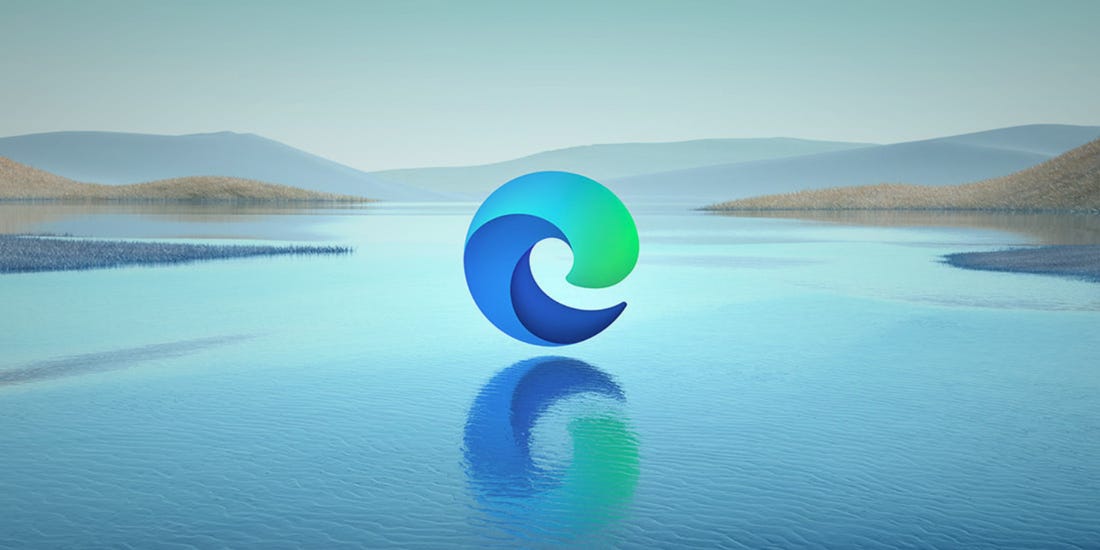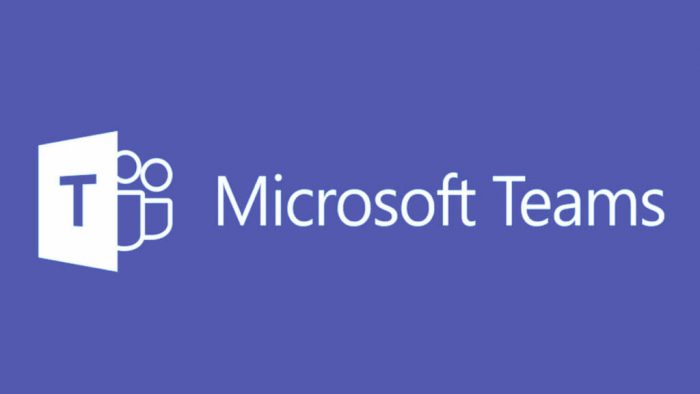Save to My DOJO
Keynotes for any company’s primary annual conference serves to share what that company sees in its current climate and how it will provide value to that environment in the coming year. To that end, keynotes necessarily include a mix of cheerleading for the company and product announcements. In his 2020 keynote, Nadella outlined Microsoft’s focal areas and solutions. I extracted the portions that most appealed me as a systems administrator.
Building Digital Resilience – Satya Nadella, Microsoft Ignite 2020
2020 Ignite Keynote Focus Points
As we could have predicted, COVID-19 and healthcare featured prominently. In response, Microsoft shifted its focus to emphasize remote meetings. We saw and heard about several improvements for Teams and their use cases. Nadella placed these items into a “social capital” bucket.
Education got a special place in the keynote as well. Microsoft acquired LinkedIn several years ago, and have expanded its education facilities by folding in Lynda.com. Now, they tie in Teams with the LinkedIn experience. This way, you can incorporate learning content right into your workday. Nadella placed these items into a “knowledge capital” bucket. Unlike “social capital” which has been around for a long time, “knowledge capital” was new to me. Even though I caught the gist from context, I had thought it was a personal thing from his usage. So, even though the definition that I found talks about intangible corporate assets, you also have your own personal knowledge capital. You may not immediately see the advantage of attaching Teams to LinkedIn. However, continuing your education, even informally, will always benefit you. I recommend that you look at LinkedIn’s free educational resources if you haven’t already. If you have some money, especially through your employer, then a LinkedIn Learning account is a surprisingly good investment.
2020 Ignite Keynote Product Announcements
The length of time given to the separate announcements reflected Microsoft’s focus. So, some things that you or I really liked might have only got a few seconds. I will arrange the announcements that I heard in Nadella’s keynote in the order that I found them interesting.
Microsoft Edge is Coming to Linux
Microsoft continues its long-running cross-platform shift by expanding Edge to use Linux as a platform. That move should not surprise anyone watching Microsoft lately for several reasons.
- Microsoft has outright embraced Linux in recent years
- .Net runs on Linux
- MS SQL Server runs on Linux
- The core Linux kernel has built-in Hyper-V support
- The new Surface Duo device uses Android as its operating system, which in turn uses a Linux kernel, and Microsoft would definitely want Edge on their devices where possible
- Edge now uses Chromium as its underlying engine, so a substantial portion of the work was already done
So, if this was a natural evolution of Chrome and not a major revolution, what’s the big deal? On its own, the big deal is mostly that Microsoft continues proving that it no longer considers Linux an enemy. But, take it in with the changes to Edge.

New Security Features for Microsoft Edge
In a mention so brief it might have sounded like a throwaway comment, Nadella mentioned the expanded security features coming to Edge. You will be able to designate particular information as sensitive and then control the way that it is used inside an Edge browser. With the expansion of Edge to Linux, that means that you can control your company data in the Edge browser on Windows, Mac, and Linux (including Android) devices. Nadella did not provide details, but you’ll likely find them at a later point in Ignite 2020.
This is exciting because it extends one of Microsoft’s greatest strengths to other platforms. I have personally always preferred Windows in a corporate environment because of its ease of central control. We’ve had group policy and WMI for a very long time. We have gotten more powers with PowerShell Remoting, Desired State Configuration and many Azure tools. Mac and Linux have fallen far behind on that. Microsoft’s powers in this space are so large that I know many multi-decade seasoned administrators that do not realize the extent of its command-and-control powers.
By sending Edge to other platforms with new security tools, Microsoft has both expanded and shifted its control focus. On Windows, they have historically focused on the device and the user. With these changes to Edge, it has become all about controlling the data. That is truly a “bring your own device” attitude.
A natural question: What if the user opens the content in Chrome or Firefox? I don’t know. Stay tuned to Ignite, I assume they will answer that.
Another: What is this new security feature? Stay tuned to Ignite for that as well.
Improvements to Microsoft Teams
Many people only think of Teams as a meeting application. It can be so much more than that. But, since meetings are the hot thing in this COVID-19 world and Teams is rarely the first choice, Microsoft has developed several enticing features.
- Automatic live captioning
- Automatic live transcript (not just what was said, but who and when)
- Secure “walkie-talkie” mode. Use your mobile device with Teams as a handheld radio that does not transmit over open-air
- “Together” mode: instead of attendees showing up in black-bordered boxes, they all appear to sit together in an auditorium or at a table. At first, I did not think much of this feature. It seemed more like candy than anything. However, Microsoft conducted research and found:
- “Together” mode causes less mental strain than grid view
- People remembered the contents of “Together” mode meetings better
- People just like “Together” mode — never underestimate the power of a little employee satisfaction
A non-meeting enhancement is “virtual commute”. I don’t know how many people will use this feature, even though we all should probably have something like it. It essentially functions as a reminder and check-in center. It gives you an idea of what your day will look like as you start and a way to wind down with a quick summary as you leave. Since COVID-19 has made the “commute” for many of us into a walk from one room to another, “virtual commute” gives us a way to have in and out transition periods.

Azure and Hybrid Cloud Improvements
Nadella introduced a lot of good stuff for our hybrid clouds. Before getting into the new features, I’d like to report a very solid use of AI: Microsoft’s automated systems block 80 MILLION “password spray” attempts per day!
New/improved cloud features:
- Azure Orbital! Azure in space!! Microsoft bills this as “ground station as a service”. So, you can control your satellites using Azure now. That’s… going to come in handy. I mean, really, I wanted to be able to control my private jet, but I guess I’ll settle for this. Let’s just file this one under “cool but useless for 99% of us”.
- ATP has been rebranded as “Microsoft Defender”. We should not be surprised by this. Microsoft has been gradually moving its security items under the “Defender” umbrella for some time now. ATP has lots of new features, and you will be able to purchase tiered protection. Stay tuned to Ignite for more information.
- Endpoint Manager has been improved; details to come
- Compliance Manager has been improved; details to come
Hardware Changes
A new 85″ Surface Hub was on display during Nadella’s keynote. A demo in a later keynote showed a Microsoft Duo connecting to it automatically (the presenter called it “proximity join”). If we ever have in-person meetings again, that will be a valuable feature.
My Analysis
I thought this was a great way to open Ignite. We can see Microsoft taking cloud and COVID-19 seriously in several ways. There was a great deal of rhetoric intended to position Microsoft as a good corporate citizen. They highlighted their role in healthcare technology advances and their intent to reverse their water usage to a net positive by 2030. Cynically, you can see the seams where they will use all of this as money-making ventures, especially in Azure, but they also have multiple concrete examples of putting their words into action. Overall, I am pleased with the Microsoft of 2020 and where it’s heading into 2021.
Would you like to find out more about what happened at Microsoft Ignite 2020?
What’s new in Azure Virtual WAN?
Microsoft Security Updates from Ignite 2020


Not a DOJO Member yet?
Join thousands of other IT pros and receive a weekly roundup email with the latest content & updates!









